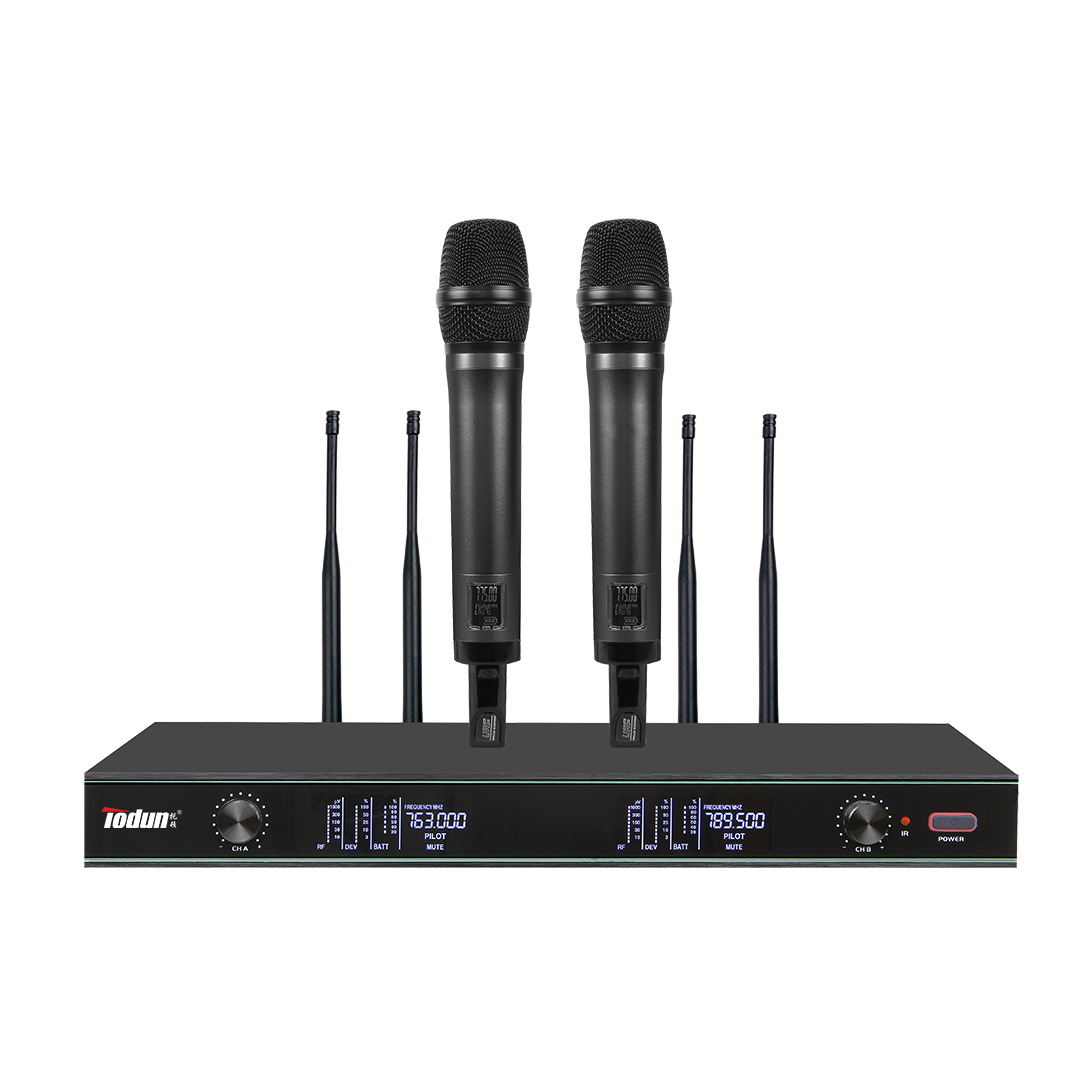A wireless microphone is a type of microphone that is not physically connected to the recording and amplification device. These microphones are versatile and can be used in a variety of applications. For example, in a theater, a wireless microphone technician will monitor the wireless microphones and make sure they are working properly. They can also help actors apply microphones for maximum efficiency. Technicians will also organize microphone input to ensure the highest quality recordings.
Application of wireless microphone
Wireless microphones are a versatile technology that can be easily carried around. They can be used in a variety of applications such as broadcasting, live performances, conferences and presentations. These devices also enable users to move easily, which makes them popular among consumers. In addition, wireless microphones can be used in places with high traffic.
The main advantages of wireless microphones compared to traditional microphones include high mobility, light weight and no wiring. Wireless microphones are becoming more and more popular, especially in the Asia Pacific region. They are compact and come in a variety of styles, from earpieces to waist-worn headphones. They use Wi-Fi networks, Bluetooth and radio frequencies to transmit audio signals. In addition to this, they offer excellent pass-through capability and speech intelligibility.
Types of Wireless Microphones
There are many different types of wireless microphones to choose from depending on your needs. Most of them operate in the VHF or UHF band of the electromagnetic spectrum. They feature true diversity reception, eliminating dead spots caused by radio waves reflected from surfaces. These microphones may also feature companding technology, which improves sound quality.
High-quality wireless microphones are essential in many applications. The sound it produces had to be clear, crisp and professional. Different microphones are constructed differently, so choosing the right one for your needs is critical. In addition, the chip in the microphone must be able to reduce ambient noise. Different chips can provide different levels of noise reduction. Some microphones also have a mesh structure that prevents breathing noise from interfering with your voice.
Human Factors in Wireless Microphones
Wireless microphones and wireless speakers are not immune to feedback. While the technology used in wireless microphones is superior to wired microphones, there are some limitations that should be considered before purchasing a new wireless microphone. First, the microphone must have a clear line of sight. The microphone and speaker should be easy to hear each other, and the speaker must be at least three feet away from the microphone. This is a key consideration as it affects the quality of the audio.
Second, the microphone must be placed in line of sight between the speaker and the audience. It should not be placed too far from the speakers as this will result in a weak signal. Also, the microphone should be placed in a room free of large objects or obstacles, and above the audience.
Technology for Wireless Microphones
The technology used in wireless microphones is based on radio waves. They usually transmit in the VHF or UHF spectrum. Some models use a digitally combined signal to remove the effects of dead spots and reflections of radio waves from surfaces.
This technology is licensed globally and can be used in multiple countries, but it also has its drawbacks. First, it requires line of sight and can be crowded with other wireless devices. Also, humans block 2.4 GHz signals. Therefore, the 2.4 GHz transmitter should be worn in front of the subject and the VHF transmitter should be worn behind it.
The cost of wireless microphones
The cost of wireless microphones varies based on the quality and other features of the microphone. Some systems include multiple microphones and a multi-channel receiver, while other systems include only one microphone. Typically, UHF microphones cost more than VHF microphones because they operate over a wider frequency range.




